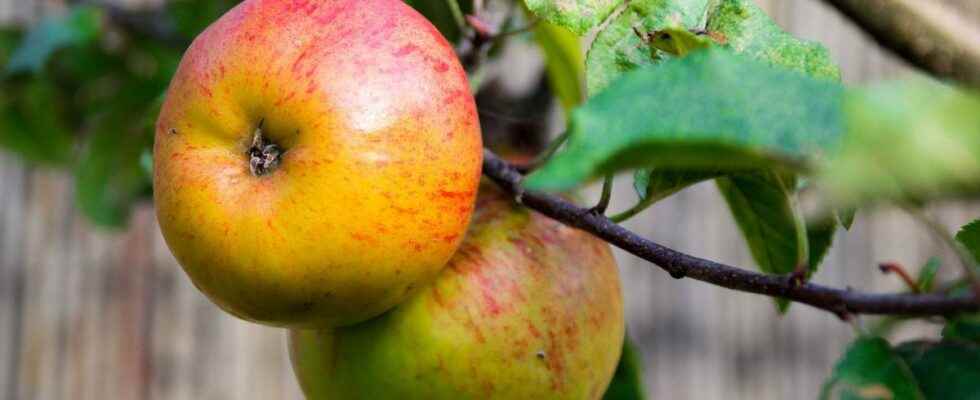Posted ,
Reading 2 mins.
A team of Swedish researchers has developed a tiny sensor capable of detecting the presence of pesticides on fruit in just a few minutes! Still at the prototype stage, scientists hope to improve it to make it a nano-sensor that can be used on a daily basis. Their results are published in the journal Advanced Science.
Pesticides are present on the majority of fruits and vegetables that we consume, but we tend to forget it. What if a nano-sensor was able to signal their presence to us at the time of purchase?
A well-known scientific technique
The new nano-sensor developed by Swedish researchers uses a discovery made in the 1970s, known as surface-enhanced Raman scattering, or SERS. This powerful detection technique can increase diagnostic signals from biomolecules on metal surfaces by more than a million times. Expensive, it has not, until today, been developed with the aim of ensuring food safety.
Pulverized nanoparticles
To operate this nano sensor, it is necessary to use the technique known as flame spraying which makes it possible to deposit small droplets of silver nanoparticles on a glass surface, in order to increase the signal of the chemicals.
“Flame spray can be used to quickly produce uniform SERS films over large areas, removing one of the major barriers to scalability.” explains Haipeng Li, one of the authors of this invention, reported in the journal Advanced Science.
“The sensors reliably and consistently detected molecular signals, and their performance remained intact when retested more than two months later, underscoring their shelf-life potential and feasibility for production at large scale” add the researchers.
Pesticides detected on apples
To test their nanosensors, the researchers calibrated them to detect low concentrations of parathion-methyl, a toxic agricultural insecticide whose use is restricted in most countries, or even banned. A small amount of parathion-methyl was placed on an apple part. The residues were then collected with a cotton swab that was immersed in a solution to dissolve the pesticide molecules. The solution was applied to the sensor which confirmed the presence of pesticides.
“Our sensors can detect pesticide residues on apple surfaces in five minutes without destroying the fruit, says Haipeng Li. Although they need to be validated in larger studies, we offer a practical proof-of-concept application for large-scale pre-consumer food safety testing.”
An answer to the problem of pesticides?
“In the European Union, up to half of all fruit sold contains pesticide residues which can cause human health problems“, specifies Georgios Sotiriou, principal researcher in the department of microbiology, tumor and cellular biology of the Karolinska Institutet, in Sweden, and co-author of the study.
“To overcome this, we have developed inexpensive and reproducible nano-sensors that could be used to monitor traces of pesticides on fruit, for example in store.” he adds.
By developing these nano-sensors, scientists hope to succeed in limiting our exposure to pesticides, in a simple, inexpensive and effective way.

